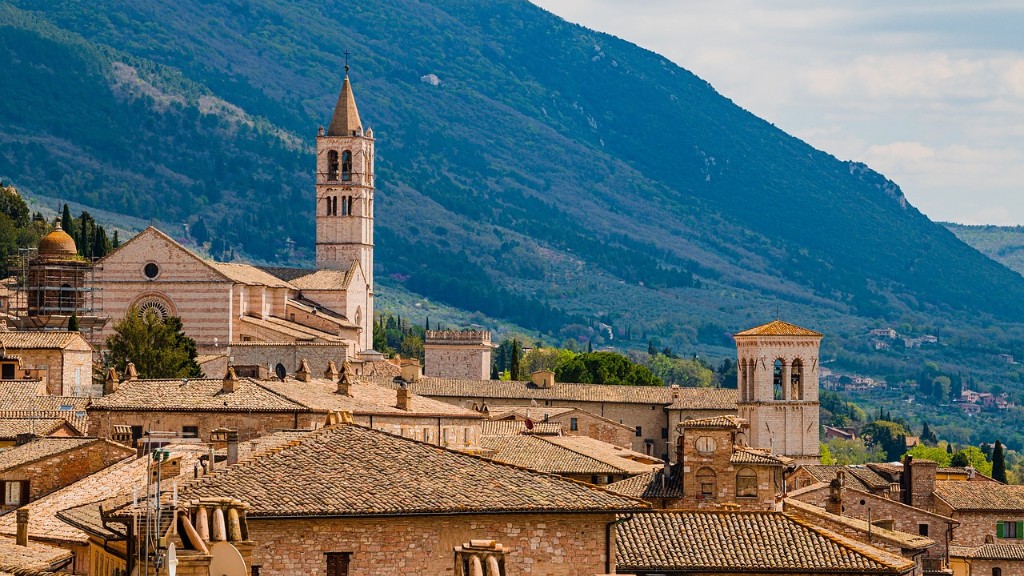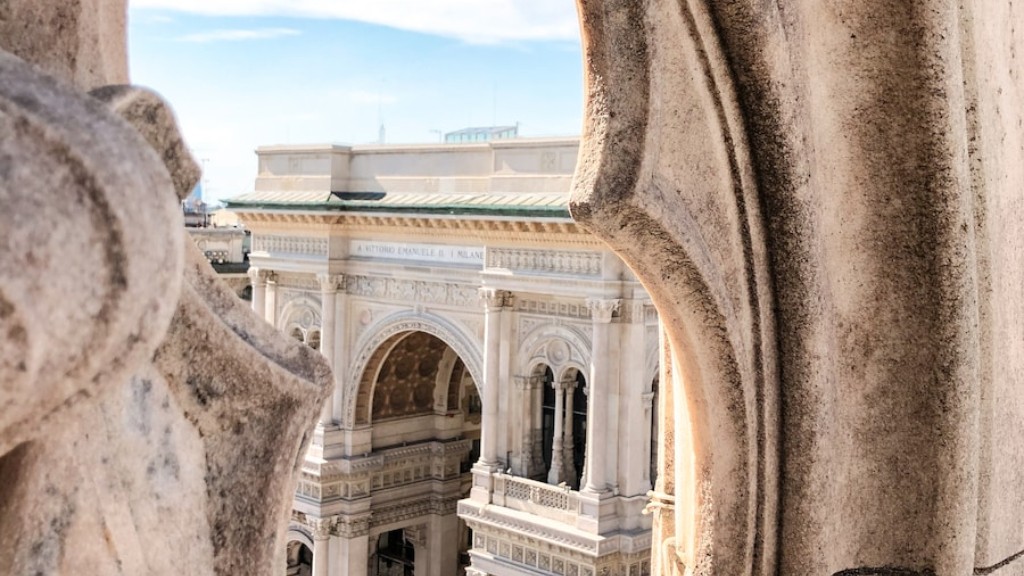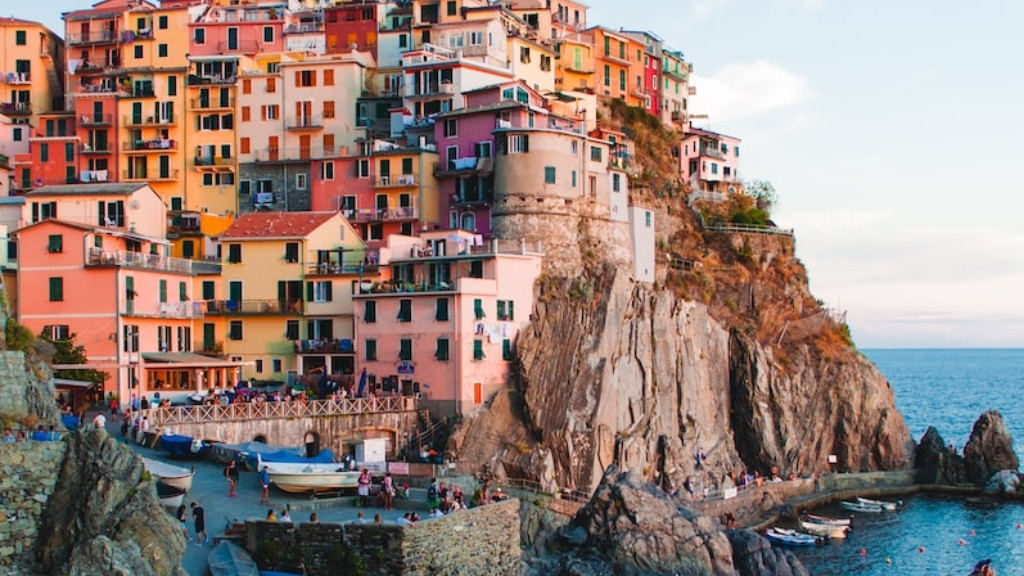Italian City States
Italy, known for its rich history and cultural heritage, was once divided into various independent city-states. These city-states were autonomous entities with their own government, laws, and economies. They played a vital role in shaping Italian history and culture. Let’s explore some of the most prominent Italian city-states and their significance.
Florence
One of the most famous Italian city-states was Florence. Known as the birthplace of the Renaissance, Florence flourished during the 14th to the 16th centuries. It was a thriving center for art, literature, and commerce. Influential figures like Leonardo da Vinci, Dante Alighieri, and Michelangelo all left their mark on this vibrant city.
Siena
Siena, located in central Italy, was another influential city-state. Renowned for its stunning Gothic architecture and historic center, Siena was a fierce rival of Florence. The Palio horse race, held twice a year in the Piazza del Campo, continues to be a symbol of Sienese pride and tradition.
Venice
Arguably one of the most unique city-states, Venice is famous for its canals, gondolas, and stunning architecture. Situated on a group of islands connected by bridges, Venice was a major maritime power during the Middle Ages and Renaissance. Its strategic location made it a crucial hub for trade and commerce.
Genoa
Genoa, located on the northwest coast of Italy, was another significant city-state in Italian history. The Genoese Republic was a maritime powerhouse and a major force in Mediterranean trade. Notable explorers like Christopher Columbus hailed from Genoa, contributing to its reputation as a seafaring city.
Milan
In the north of Italy, Milan emerged as a powerful city-state during the Renaissance. Known for its strong economic and cultural influence, Milan was ruled by the powerful Visconti and Sforza families. The city became a center for fashion, banking, and art, with iconic landmarks such as the Duomo di Milano.
Expert Perspective: Dr. Maria Rossi
According to Dr. Maria Rossi, a renowned historian specializing in Italian city-states, these independent entities played a crucial role in the cultural, political, and economic development of Italy. She emphasizes that the competition and rivalry between these states fueled innovation and creativity.
“The Italian city-states became centers of trade, art, and intellectual discourse. They attracted scholars, artists, and merchants from all over Europe, leading to a remarkable exchange of ideas and cultural exchange,” says Dr. Rossi.
My Insights
The Italian city-states were not only hubs of culture and trade but also political powerhouses. They set the stage for Renaissance humanism, laying the foundation for modern Western civilization. The city-states’ focus on secularism, individualism, and human potential brought about a significant shift in societal norms and values.
The Legacy of the Italian City States
The legacy of the Italian city-states can still be felt today. Their influence on art, architecture, and commerce continues to shape Italian identity. The magnificent buildings, artwork, and intellectual achievements that emerged from these city-states are a testament to their lasting impact.
Conclusion
The Italian city-states were dynamic and influential entities that played a vital role in shaping not only Italy but also the broader Western world. Their independent nature fostered competition, innovation, and cultural exchange, leaving behind a remarkable legacy for future generations to admire and learn from.



